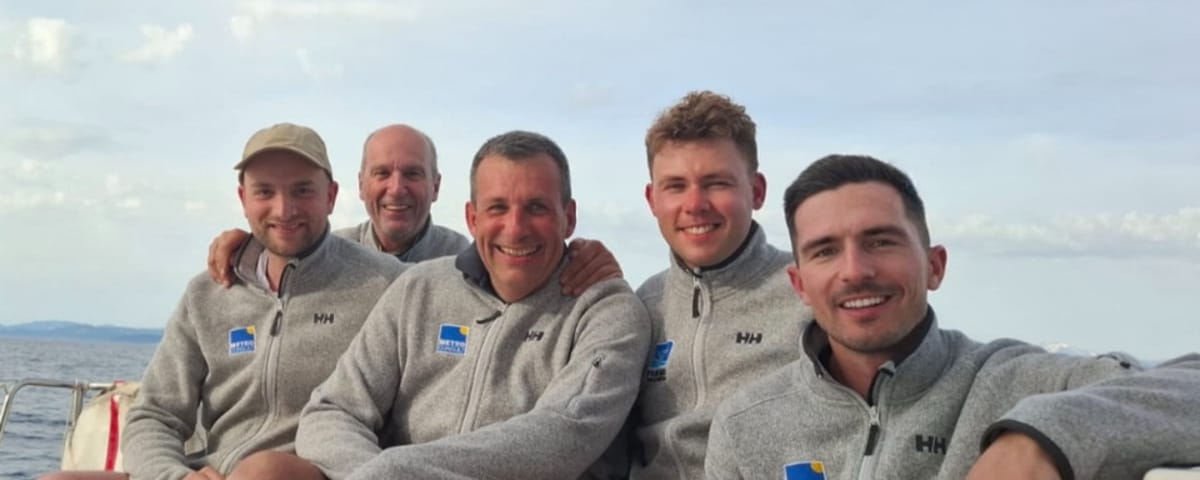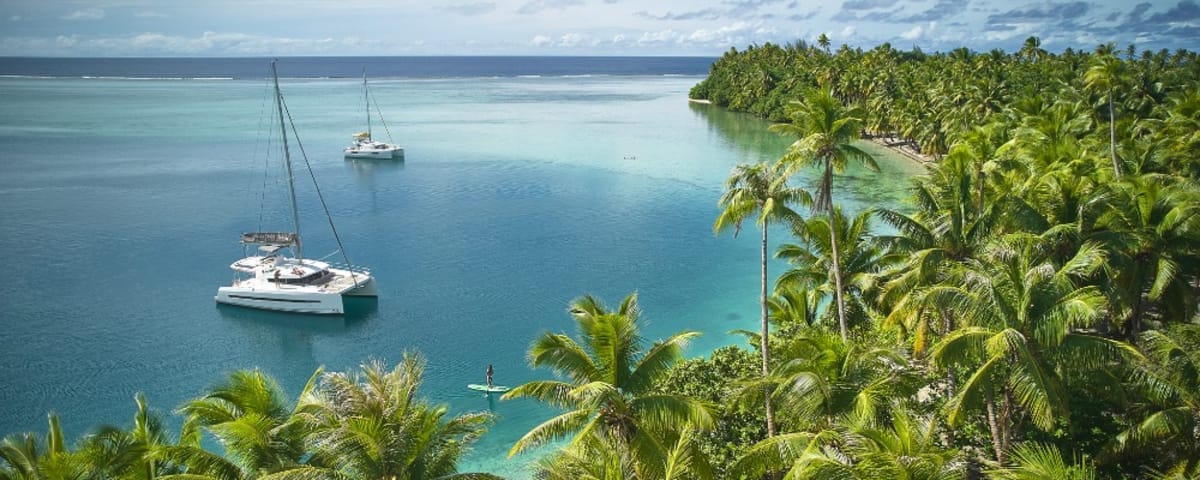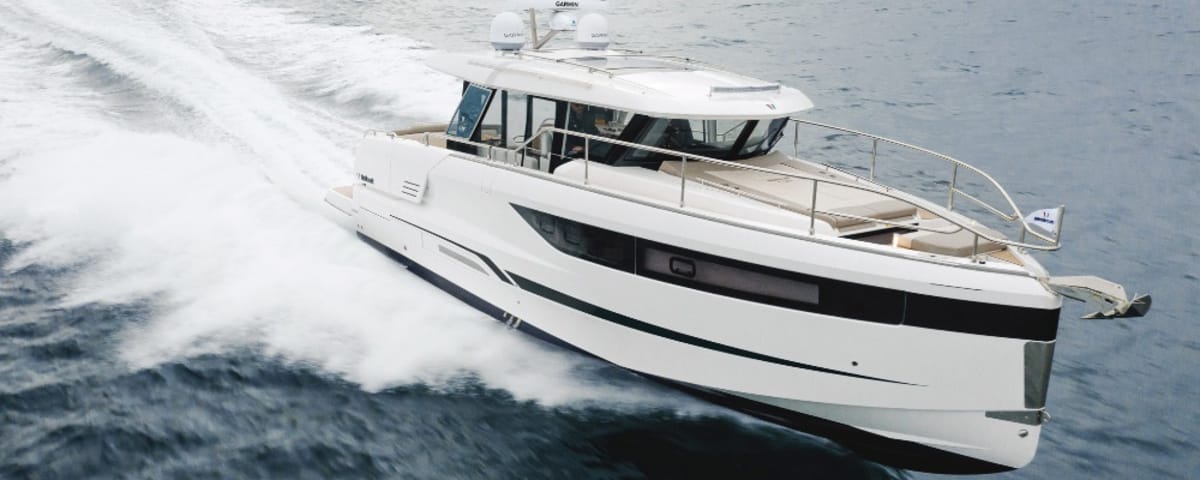It is in this spirit that our team – four weather engineers and a professional skipper – embarked on an onboard seminar aboard a JPK 38′. A formative, technical and resolutely human crossing, designed to confront our tools with the reality of the open sea, to test our weather reflexes in situation, and to better understand the expectations of the sailors we accompany.
Stage of the day: Golfe Juan – La Girolata
o Departure: Port of Golfe Juan (Alpes-Maritimes)
o Arrival: La Girolata (Haute-Corse)
o Distance traveled: 182 nautical miles
o Navigation time: 16 hours
A departure under the sign of the rapidly strengthening southwest: comparison of forecast weather VS experienced weather
The models had been clear and relatively consistent (METEOCONSULT Marine, AROME, ICON, GFS, ECMWF): calm conditions at the start, then a rapid strengthening of the southwest wind up to 20 knots, with a sea becoming rough. In the second part of the night, the wind was expected to ease, with a calmer sea approaching Corsica.
On the water, the scenario was generally confirmed… but with significant nuances.
From the first 10 miles offshore, the southwest wind came in earlier than expected. Above all, the sea turned out to be much more disordered than anticipated, a consequence of a crossing between the swell from the open sea and residual waves linked to the coastal thermal breeze. Between 9 p.m. and 1 a.m., we sailed in much tougher conditions: 20 to 25 knots established, with troughs of 1.5 m, sometimes crossed, making progress uncomfortable.
But after 2 a.m., calm gradually returned, almost solemnly, accompanied by a sky that cleared to the East. And then, gently emerging on our course: the moon, first red, then silver, like a silent lighthouse guiding our progress towards the island. A suspended moment, rare and deeply poetic.
Weather decisions and route strategy
We chose a route to the west of Corsica, in order to fully benefit from the announced southwest flow. An effective tactical option to quickly cover the first tens of miles before the wind eases.
This strategy is also part of a medium-term weather plan: with a strong westerly gale forecast later in the week, we needed to position the boat on the right side of the island in order to then be able to shelter on the eastern facade.
Weather lesson of the day
A fundamental lesson to remember from this first crossing:
A light wind does not necessarily mean a calm sea.
Under 10 knots of apparent wind, we were confronted with a disordered and crossed swell, with waves reaching 1.5 m. A useful reminder for any routing: the sea does not only obey the wind of the moment, but crossed dynamics, sometimes invisible on GRIB files.
Life on board: first watches, first waves and first emotions
The seminar started strong. After a safety briefing led by our skipper Gilles Chiorri – insisting on the importance of mutual aid and solidarity at sea – we were quickly put to the test. First rough night, little sleep, some stomachs upset… But also a good increase in cohesion. The crew held up, united, focused, and always in a positive atmosphere.
As a reward for a night of watch, we were lucky enough to observe a whale and some dolphins near the sailboat. A breathtaking spectacle…
To be continued…
Our immersion is just beginning. Head south to explore the weather conditions around the western facade of Corsica before sheltering on the east side. And always, at the heart of the project: to understand, to learn, and to refine our meteorological perspective in the service of sailors.
And before going to sea, have the right reflexes by consulting the weather.
Enjoyed this post by Thibault Helle? Subscribe for more insights and updates straight from the source.


